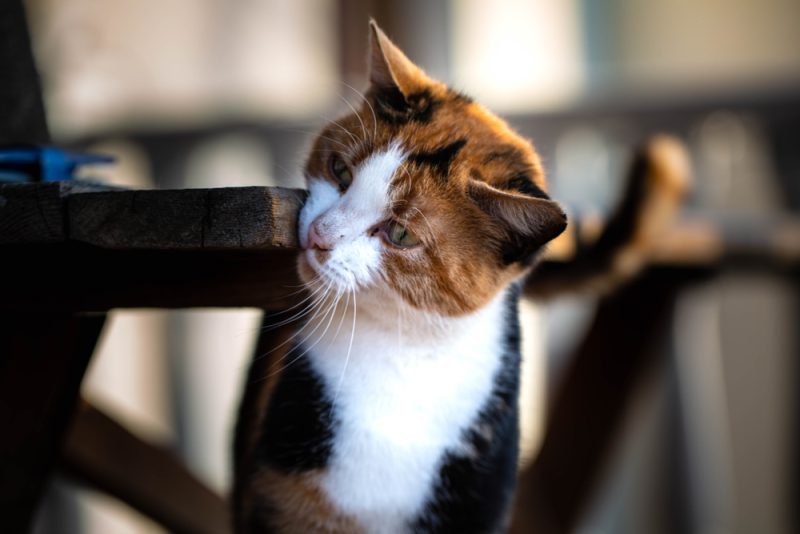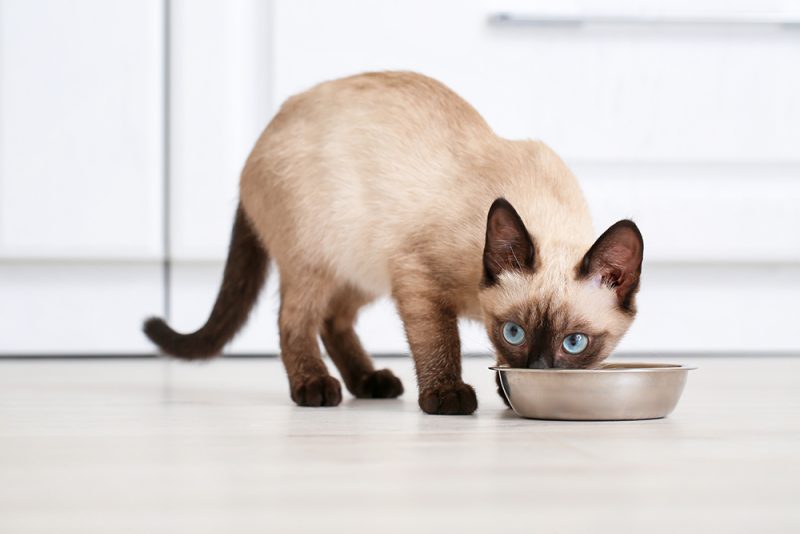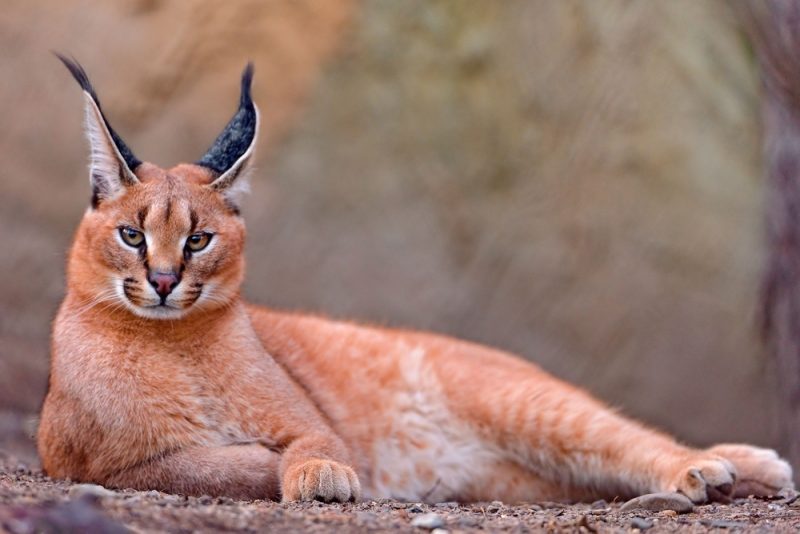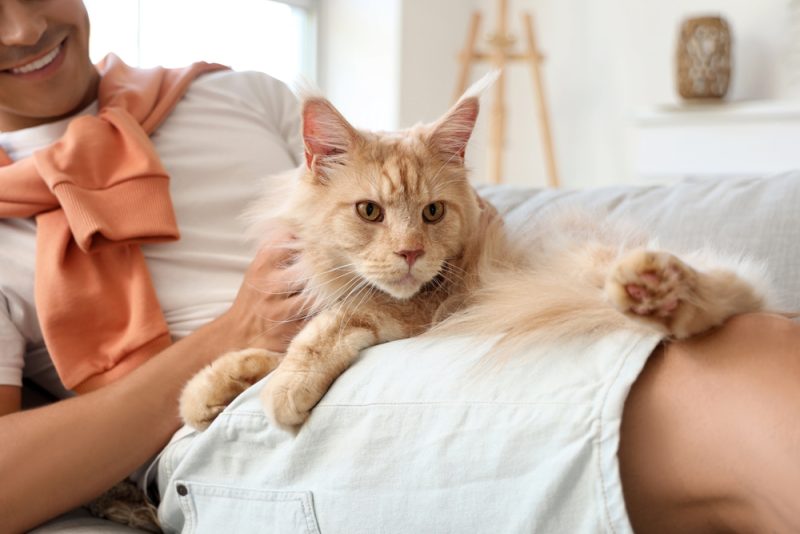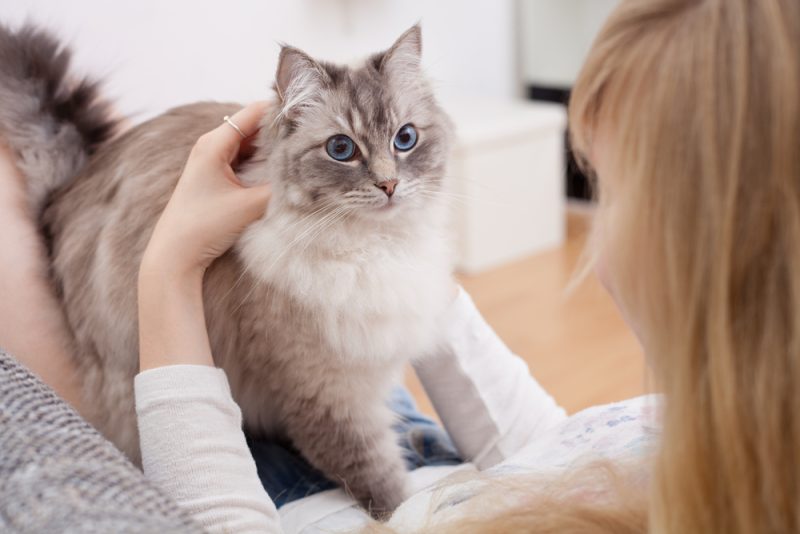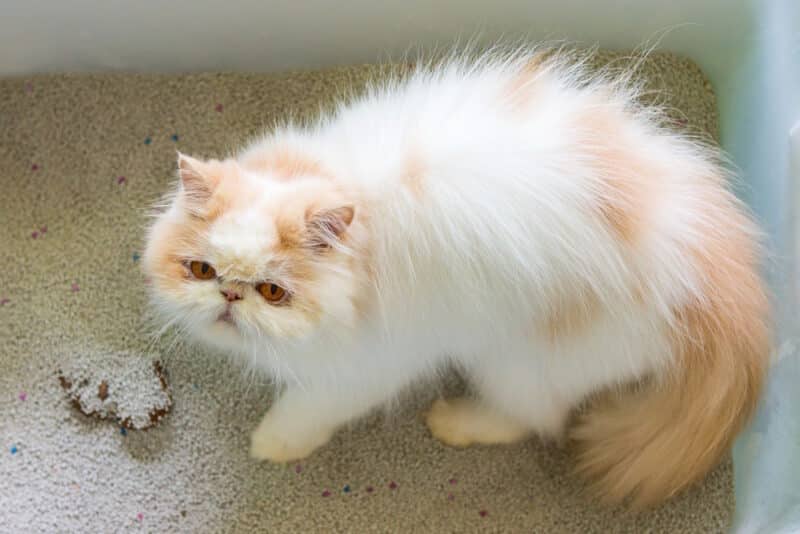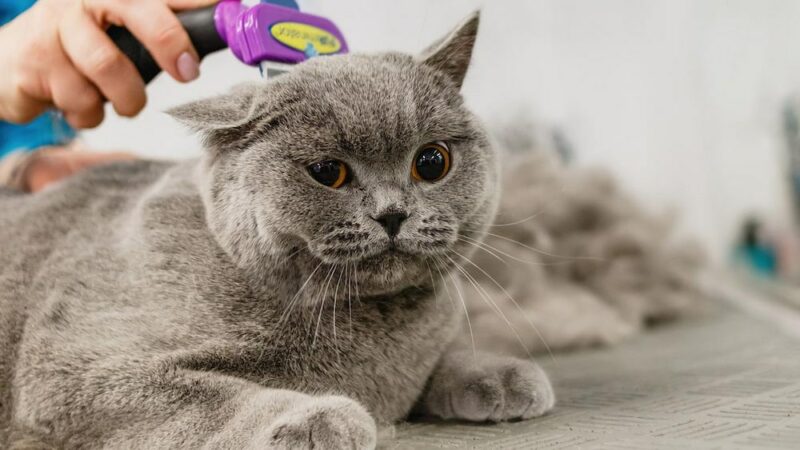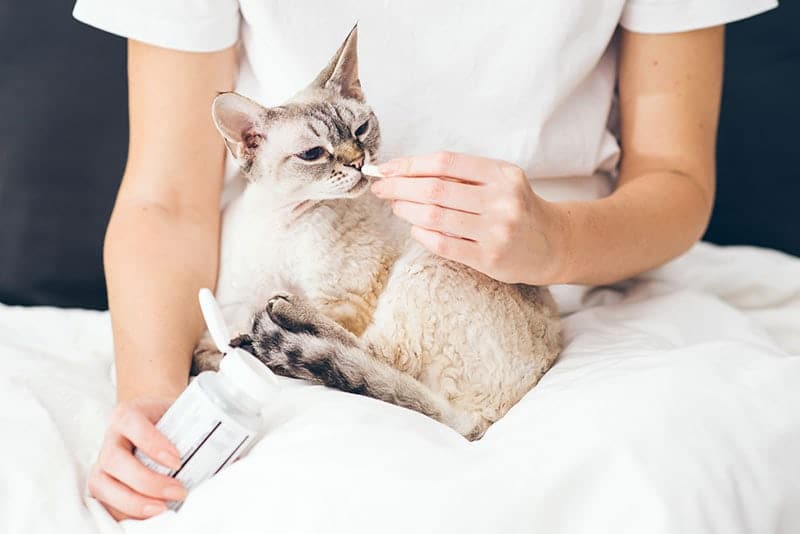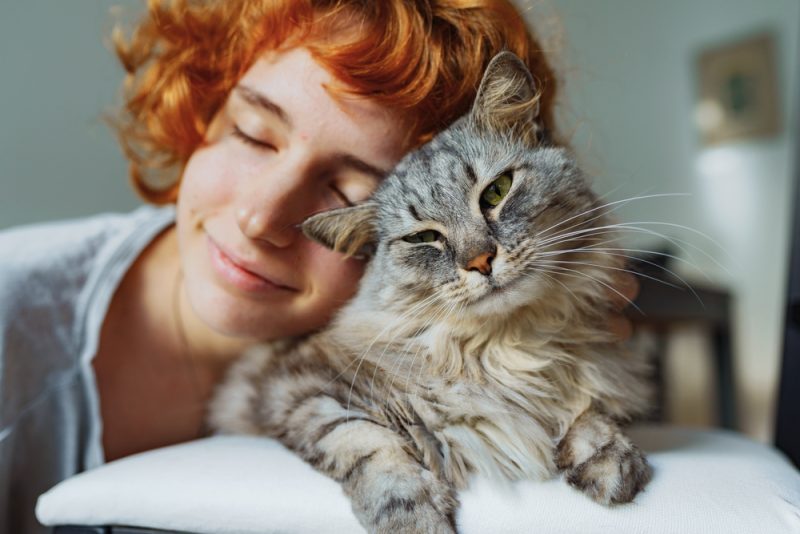If you live in an apartment, you may wonder if getting a companion animal is suitable for your small living quarters. Being a responsible pet owner means knowing if you have ample room, financing, and time to take care of a pet, and if you live in an apartment, getting a cat is an excellent choice.
Cats can be perfectly happy living in a 500-square-foot home, whereas a dog would need much more. Some cats may even be miserable in a mansion if they don’t have love, affection, toys, and plenty of areas to lounge. So, how do you have a cat in a small apartment? How can you utilize the small space to make it suitable for both you and your cat?
As hopeless as it may sound, you can easily utilize your small space to accommodate you and your cat in an apartment. In this guide, we’ll discuss how to have a cat in a small apartment so that you know how to make use of every space without sacrificing room.

The 8 Tips for How to Have a Cat in a Small Apartment
1. Placement of the Litter Box
The most problematic issue when living in a small apartment with a cat is where to place the litter box. If you’re new to cat ownership, you’ll find that most cats prefer privacy when they go potty, and placing the litter box in a quiet, low-traffic area is ideal.
You’ll also learn that you need enough litter boxes to accommodate your cat. The rule of thumb is to have one litter box per cat plus one extra, meaning it’s recommended to have two litter boxes for one cat to give them a choice, but this is not required. Provided you’re tight on space, you can start with one litter box to see how your cat does.
Bathrooms work well for litter box placement, but if that is not possible, you can choose a litter box that allows you to disguise it in an enclosure that adds décor. However, keeping it clean is detrimental to keeping your small space from stinking, which means you should clean it daily.
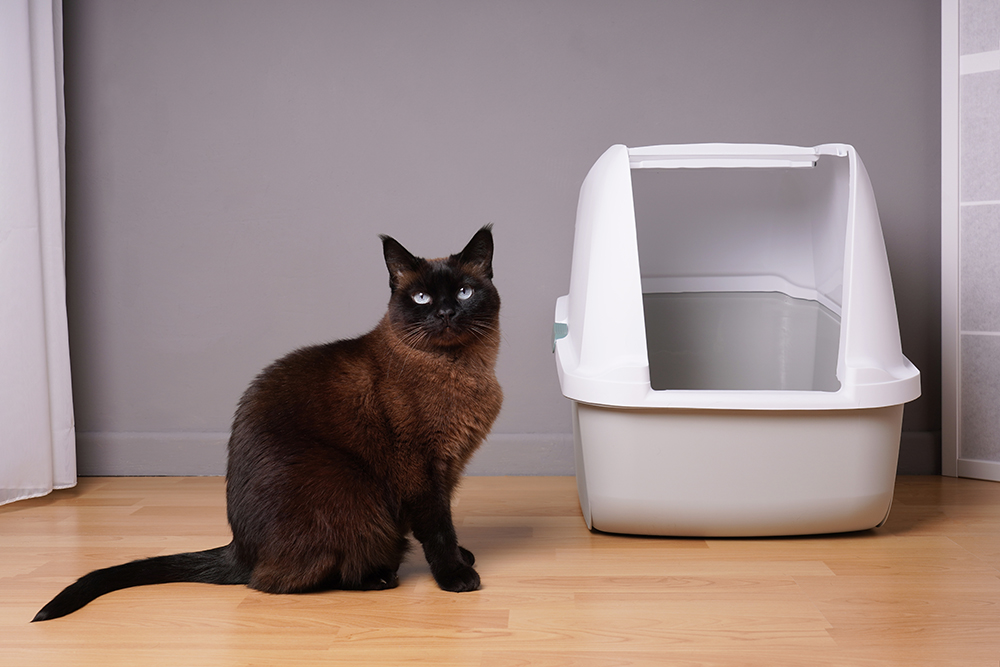
2. Raise the Roof (Figuratively)
Cats love to be up high to see what’s happening below from a safe distance. This survival instinct carried over to domesticated cats, and providing your cat with places to lounge is essential for their overall well-being. Build upward when you’re cramped for space, meaning hang shelving on your walls for your cat to lounge safely. Wall-mounted cat shelves save space in addition to giving your cat somewhere to be, and they free up lots of room. They also add a nice touch of décor—it’s a win-win!
3. Provide Scratching Posts
Cats are happy living in a small space with plenty of enrichment, and providing scratching posts does just that. Scratching posts help keep your cat’s nails in shape, all while providing your cat with exercise and fighting boredom. Scratching posts don’t take up much room, but if you want to save even more space, you can purchase one that mounts to the wall. You can even purchase a cat scratcher that serves as both a nice touch of décor and a cat scratcher.
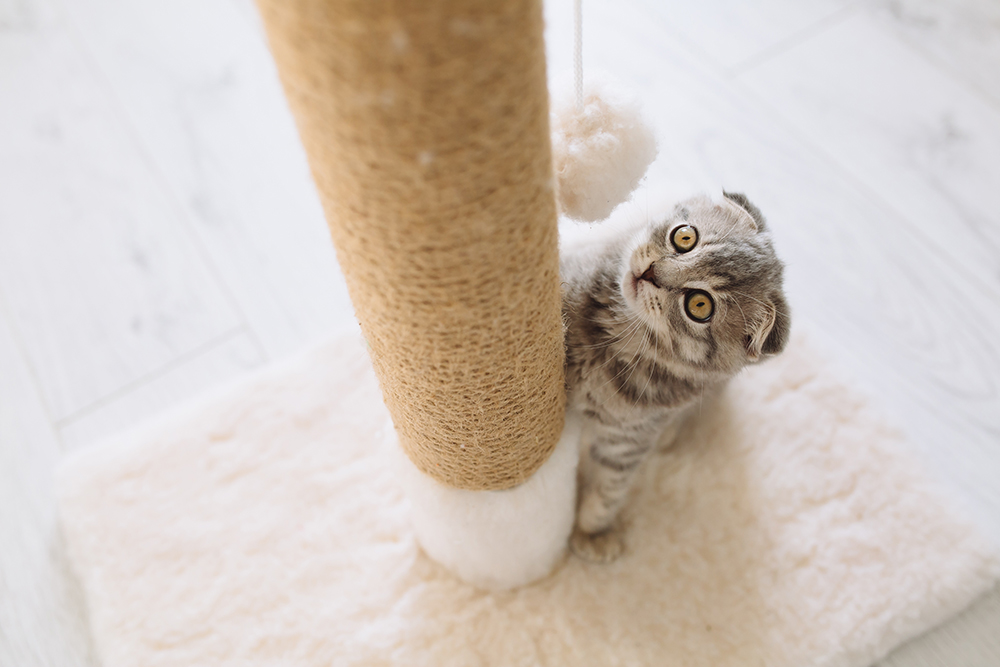
4. Provide Plenty of Toys
Mental stimulation is just as important as physical, and providing your cat with interactive toys can help with boredom and keep your kitty happy, regardless of the size of the living space. Teaser wands, cat tunnels, and puzzles are excellent choices and don’t take up too much room. You can even purchase cat toys that hang from door knobs to save even more space.
Looking for toys that will cater to the many needs of your cat? The Hepper Hi-lo Cat Scratcher is one of our favorite cat products, and it will encourage your cat to get active. Its clever three-angle design offers multiple ways for your cat to climb, stretch, and exercise. Made of a sturdy plywood base and a replacement cardboard insert, this scratcher is an option that cats can enjoy for years to come. If your cat requires a little encouragement for self-play, the Hepper Catnip Mice Toy Set is a fantastic choice for their instinctual needs. Made with natural, bite-resistant hessian fabric and filled with organic catnip. Cats can satisfy their natural prey instincts while getting the physical activity they need to thrive.
| Image | Product | Details | |
|---|---|---|---|
Great for Exercise
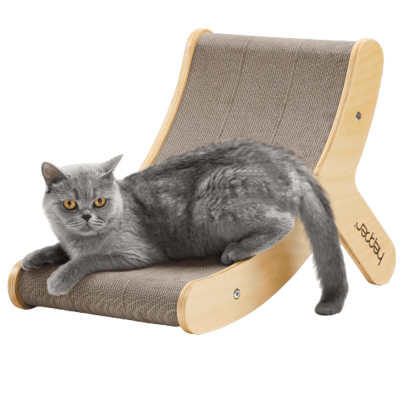
|
Hepper Hi-Lo Cat Scratcher |
|
Check Price |
Encourages Self-Play
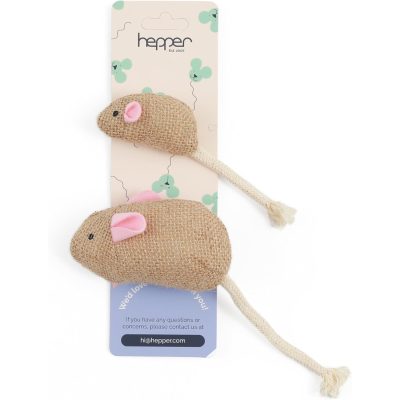
|
Hepper Catnip Mice Toy Set |
|
Check Price |
At Catster, we've admired Hepper for many years, and decided to take a controlling ownership interest so that we could benefit from the outstanding designs of this cool cat company!
5. Let the Outdoors In
Window cat perches are an excellent way to provide your cat with the great outdoors but in the safety of your apartment. You can mount these perches onto the window so your cat can lounge and watch the outdoors. You can even open the window to let the outdoors in; however, ensure you have a secure screen on the window before attempting this so your cat doesn’t fall out. This is especially important in your apartment if it is off the ground floor.
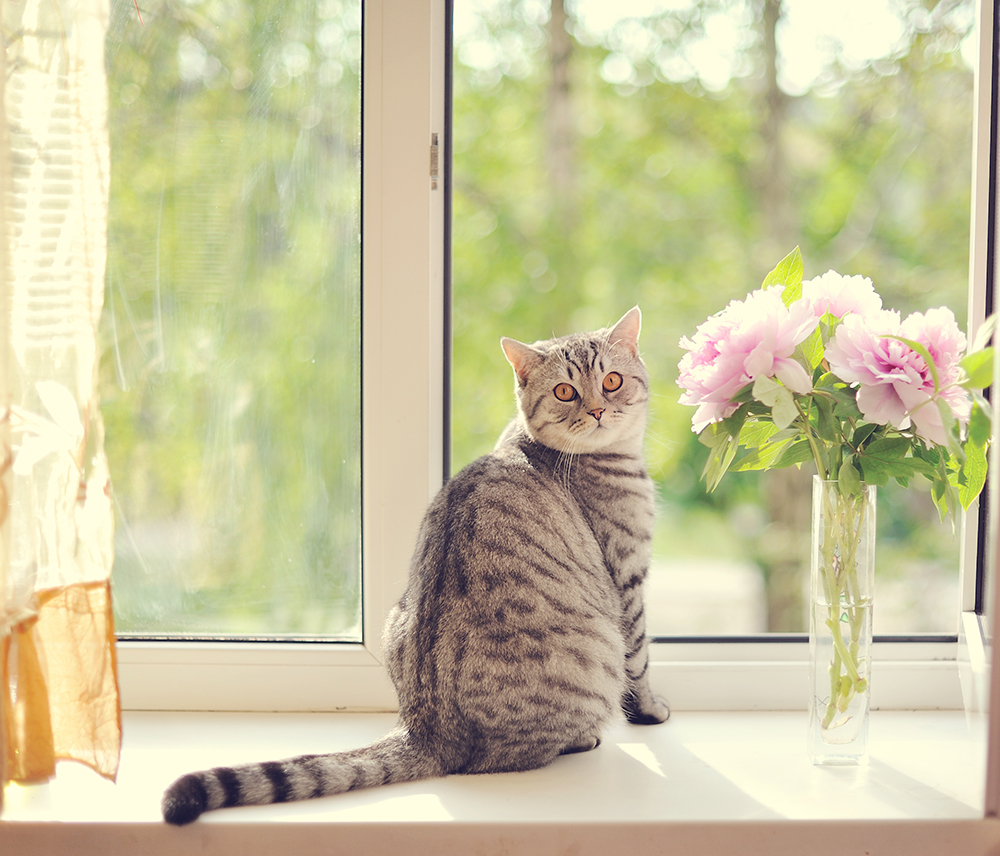
6. Teach Your Cat to Walk on a Leash
Harnesses are not just for our canine kiddos; they are also excellent for cats. Cat harnesses allow you to walk your cat so they can experience the great outdoors safely, which also gives your cat an opportunity to be outside rather than in the confines of the apartment.
7. Give Your Cat Space
Living in a small apartment can make it difficult for your cat to find some alone time. Even the most sociable cat enjoys some time alone here and there, and providing your cat with an enclosed bed will allow them to retreat to a quiet place for some rest and relaxation. You can place the bed in your bedroom or a guest room if you have one.
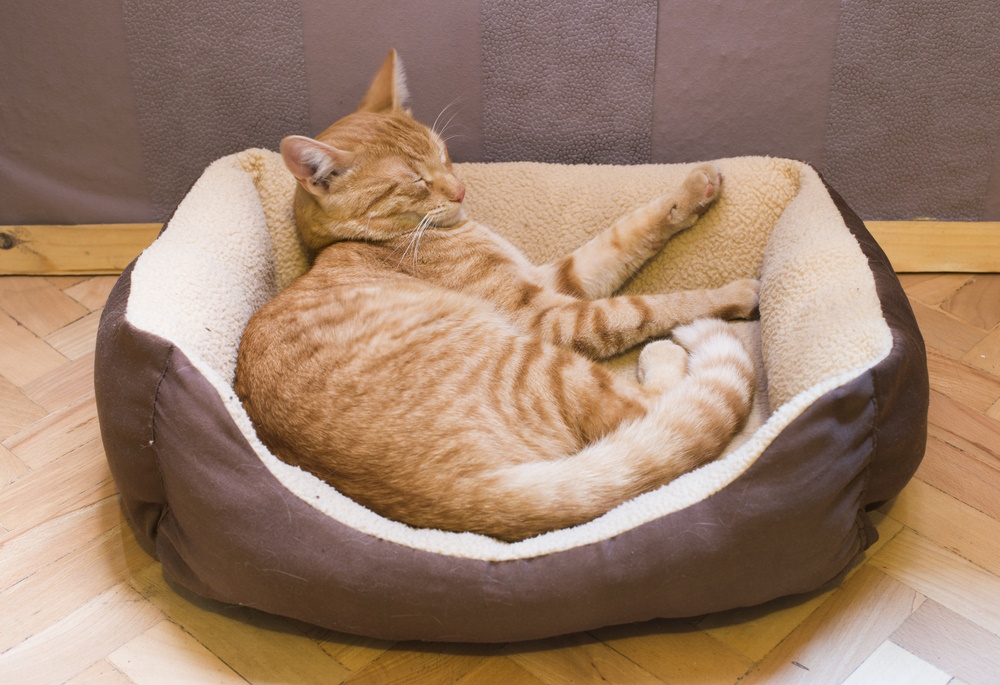
8. Clean Your Apartment Daily
You don’t have to go overboard here, but living in a small space with a cat will require sweeping and vacuuming daily to keep your apartment clean. Depending on the breed, some cats shed more than others, and sweeping and vacuuming daily will keep cat hair down. Purchasing a vacuum designed for sucking up pet hair from carpets and bedding is ideal. A strong vacuum will also suck up cat litter that your cat will track throughout the apartment, and you want to keep your apartment as hygienic as possible, even though cats are clean creatures overall.
 Conclusion
Conclusion
Just because you live in an apartment doesn’t mean you can’t share the small space with a feline companion. It takes a little creativity, but it’s not something that takes a genius to figure out, either. You can create a cozy living space for both you and your cat by mounting cat shelves, providing outdoor enrichment through window perches, and providing plenty of cat toys. In short, if you give your cat love, attention, toys, a clean litter box, a scratching post, a private place to retreat, and shelving for lounging, your cat will live happily in a small apartment.
You may also like:
Featured Image Credit: PeopleImages.com – Yuri A, Shutterstock




